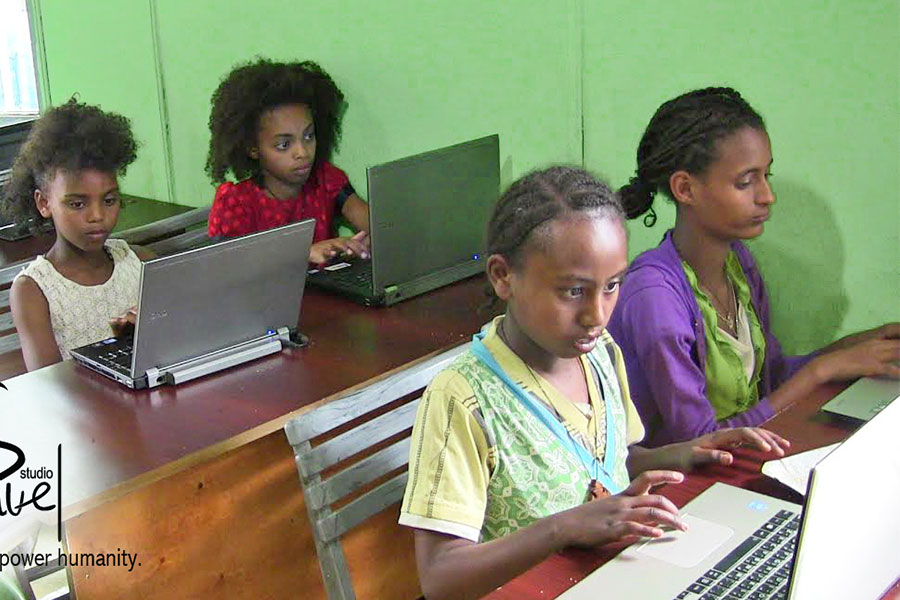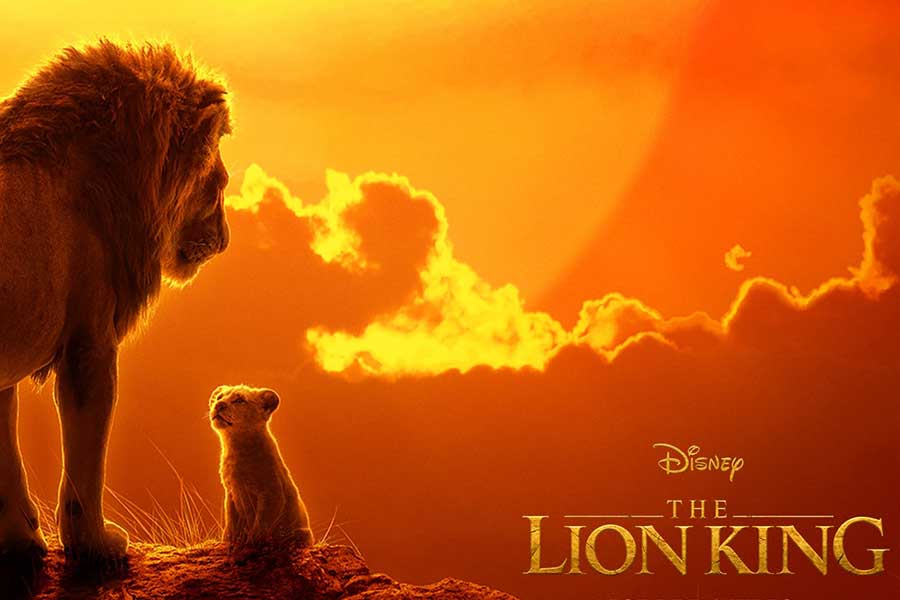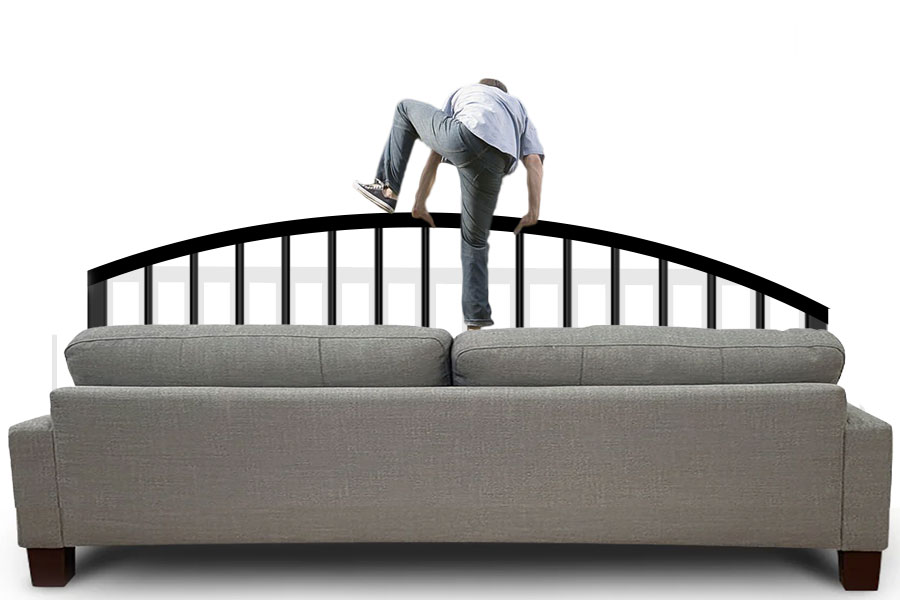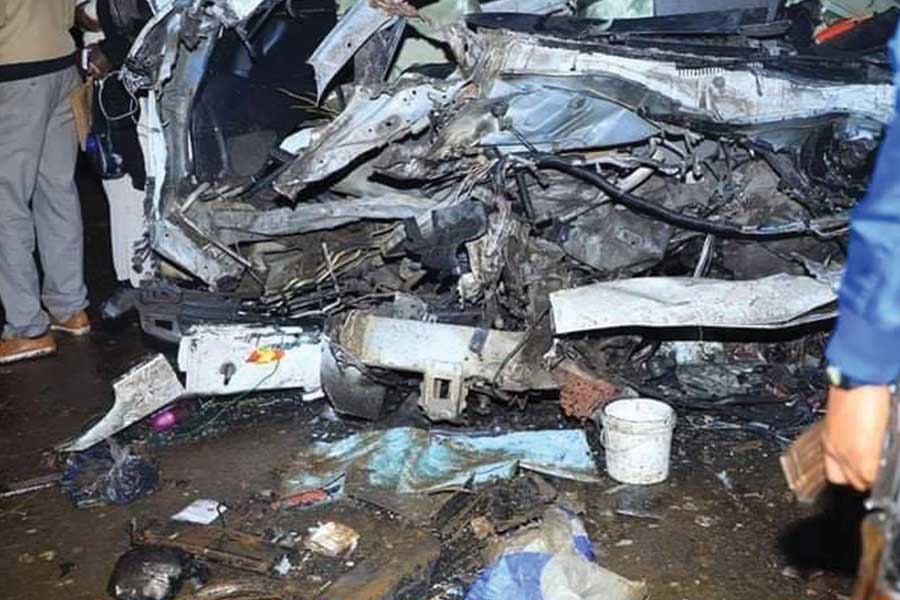
The Black Lives Matter movement has been useful in shining light on profiling, racism and systematic victimisation of African Americans in the United States. The movement is indispensable to having started a conversation.
But like many movements, it is not without flaws. Some statistics are barely mentioned, especially by international media quick to report the shooting of an unarmed African teenager.
Indeed, American police officers shoot and kill far more people than their counterparts in Western Europe. But it is also notable that Americans own a lot of guns and police officers are far more likely to be killed in the United States than, say, Finland or France.
Let us also remember that gang violence takes many more black lives than police officers do - which thus should also have gained as much attention in the movement - and that African-American cops are just as likely as their Caucasian counterparts to gun down black suspects.
The Hate U Give touches upon the movement. It is about a high school student, Starr (Amandla Stenberg), from a relatively well-off family in a predominantly black neighbourhood. Her parents send her and her brother to an upscale school out of town, where everyone is “college-bound”.
She leads two lives. In her neighbourhood, she tries not to seem too influenced by her rich white friends and boyfriend, while in school she tries not to seem too ghetto. But her life is upended one night when, after a party in her neighbourhood while taking a ride with a childhood friend, they are stopped by a police officer. There is an argument, her friend is told to step out of the car and keep his hands where they can be visible.
But the friend casually reaches inside the car to get a comb and is shot dead by the officer that assumed he was holding a gun.
Starr is the only witness to the shooting. At first, her instinct is to keep quiet, mostly to protect herself against victimisation. Most worrying is that her friend used to deal drugs for one of the most notorious gangs in the neighbourhood, and testifying may shine a light on an issue that some powerful people would prefer to stay in the dark.
The moral question becomes, should she quietly walk away, go to college, get a good job and stay as far away from her neighbourhood and its influences as possible? Or should she fight, as she says, for her people to get justice?
It would have been preferable had the movie been about the moral and ideological debate over the shooting of unarmed African-Americans by police officers. The film tries to explore this complicated matter but concludes too soon that any argument that does not support the Black Lives Matter movement is racist. It also concerns itself more with Starr, her determination to speak up and the importance of looking after “my people.”
The film is very well directed and acted. The contrast between Starr’s life in a predominantly black neighbourhood and inside that of a school with mostly rich white kids is impressive and revealing. The film does indulge itself in sentimentality - sometimes it is over the top - but given the sensitivity of the issue, it can be tolerated.
But it would have been more constructive had the film elected to start the conversation only and not end it. It would have been appreciated had it been courageous enough to allow audiences to make up their minds about Black Lives Matter instead of bullying the audience into agreeing with its worldview and suggesting that everyone that does not agree with the movement must be a racist.
Indeed, there are those that disagree with it simply because they are racist. But I am also sceptical about movements that prosecute those that disagree with them. Biases are inherent to any being, even non-humans, since we all perceive the world through our eyes. A difference of opinions thus should always be tolerated, not because it will always exist, but because they help us understand ourselves and the world better.
Fortunately, we can choose to rise above these biases. Unfortunately, when decisions need to be made in split seconds, the subconscious kicks in and complicates matters. Thus, that police officer - who saw a black suspect in the middle of the night in a black neighbourhood pull something out of his car - was informed in his decision making by the rate of deaths of police officers in that neighbourhood. He would most likely lack the sober mind to extend the benefit of the doubt to the suspect in those fractions of a second.
There have been many studies that show that it matters little whether or not the officer himself is white or African-American.
This is a far more complicated moral and philosophical debate than what the movie assumes to be just a case of an evil white cop killing a poor black kid. It is instead a matter of the systematic disenfranchisement of African-Americans. Unfortunately, that would have taken far more courage and sophistication to address, and the film is the worse off for not delving deeper than the usual mainstream debate.
PUBLISHED ON
Dec 05,2018 [ VOL
19 , NO
971]

Fortune News | Jul 18,2021

Viewpoints | Dec 25,2021

View From Arada | Jan 03,2021

View From Arada | Jan 15,2022

Viewpoints | Mar 09,2019

Films Review | Jul 27,2019

Verbatim | Aug 01,2020

News Analysis | Jan 05,2020

View From Arada | Apr 13,2024

Agenda |

My Opinion | 131451 Views | Aug 14,2021

My Opinion | 127803 Views | Aug 21,2021

My Opinion | 125783 Views | Sep 10,2021

My Opinion | 123419 Views | Aug 07,2021

Jun 28 , 2025
Meseret Damtie, the assertive auditor general, has never been shy about naming names...

Jun 21 , 2025
A well-worn adage says, “Budget is not destiny, but it is direction.” Examining t...

Jun 14 , 2025
Yet again, the Horn of Africa is bracing for trouble. A region already frayed by wars...

Jun 7 , 2025
Few promises shine brighter in Addis Abeba than the pledge of a roof for every family...

Jun 29 , 2025
Addis Abeba's first rains have coincided with a sweeping rise in private school tuition, prompting the city's education...

Jun 29 , 2025 . By BEZAWIT HULUAGER
Central Bank Governor Mamo Mihretu claimed a bold reconfiguration of monetary policy...

Jun 29 , 2025 . By BEZAWIT HULUAGER
The federal government is betting on a sweeping overhaul of the driver licensing regi...

Jun 29 , 2025 . By NAHOM AYELE
Gadaa Bank has listed 1.2 million shares on the Ethiopian Securities Exchange (ESX),...